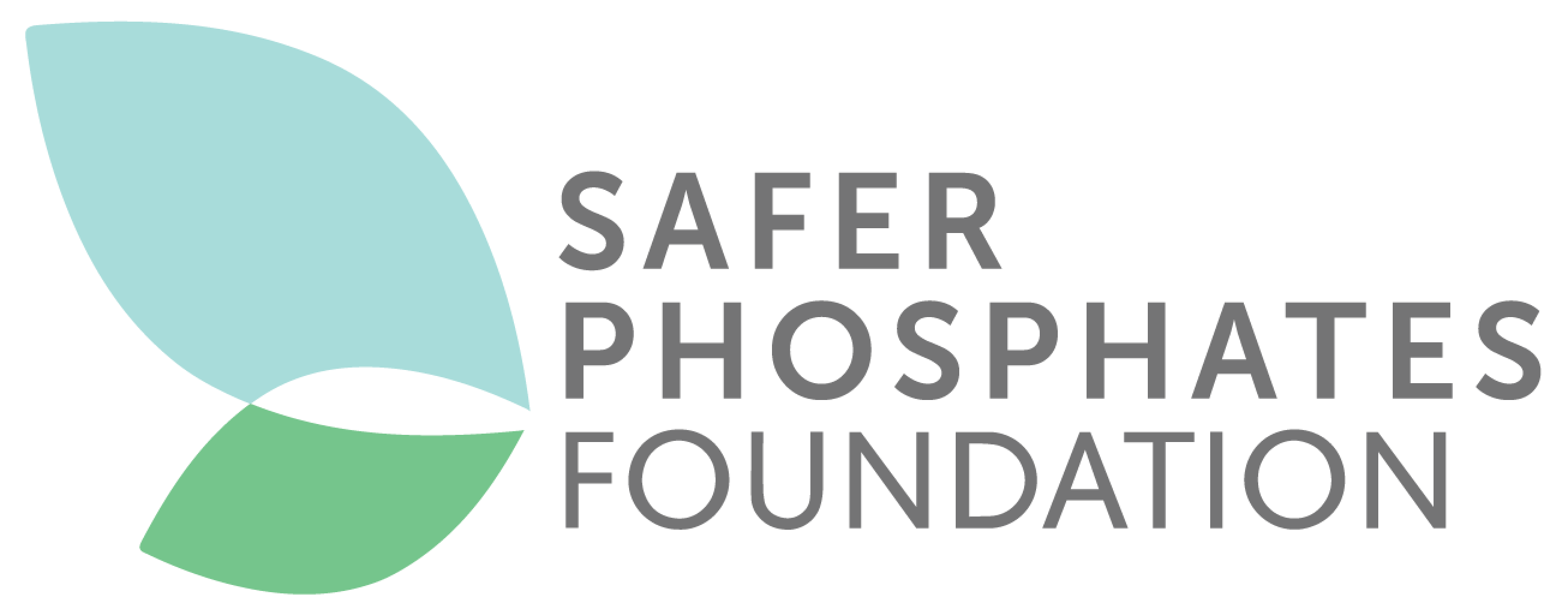A recent study has explored the extent to which human activities contribute to the pollution of soils, particularly agricultural ones, through the introduction of potentially toxic elements (PTEs) including cadmium (Cd). 1
PTEs are the most dangerous contaminants because of their hazardous nature combined with their high propensity to accumulate in crops. As the authors point out, their continued introduction into agricultural soils directly impacts biodiversity, the environment, food security and, consequently, human health.
To better visualise the human health risks posed by PTEs, this study used a sampling and location approach, with the Frydek Mistek District of the Republic of Czech as the study site, to estimate pollution indices of PTEs and quantify the associated potential carcinogenic health risks. This type of health risk assessment approach allows, as the authors suggest, to better identify high-risk environments that exceed the recommended threshold for PTEs and areas that are on the verge of becoming high-risk.
Overall, the researchers identified several sources of agricultural soils pollution by PTEs, which were directly linked to over-fertilisation, polluting soils with Pb, Cd, Zn, Ni and Cu,as well as other sources of pollution including poor-quality fertilisers.
)
What is being done by the EU to address cadmium risks?
Several studies, including the recently published White Book, show the clear link between the continuous application of phosphate fertilisers with high cadmium content and high levels of cadmium contamination in soils.
At the EU level, the EU Fertilising Product Regulation 2019/1009 will be soon fully implemented (more details in our previous article), providing for the reduction of cadmium content in EU inorganic fertiliser product. It introduces a harmonised limit of 60mg/kg P2O5, implying that, from the 16 July 2022 EU inorganic fertilisers with a cadmium content exceeding this limit will be banned. Although encouraging, this harmonised limit is still very low, as argued by ANSES, the French national food safety agency. However, Member States may derogate and adopt stricter national limits justified by the need to better protect human health and the environment. As shown in this study, Member States, in particular, those with intense agricultural activities should make use of this derogation and adopt a more stringent limit on the cadmium content of phosphate fertilisers.
Under the new EU Soil Strategy for 2030, new measures should allow for a more accurate assessment of soil 'health'. In particular, the Soil Health Law, to be introduced in 2023, will provide guidance and specify the conditions for healthy soil, options for soil monitoring and rules to enhance sustainable use and restoration. These criteria should provide for sustainable fertiliser use, including the promotion of fertilisers with low cadmium content.
Agyeman, P.C., John, K., Kebonye, N.M. et al. Human health risk exposure and ecological risk assessment of potentially toxic element pollution in agricultural soils in the district of Frydek Mistek, Czech Republic: a sample location approach. Environ Sci Eur 33, 137 (2021). https://doi.org/10.1186/s12302-021-00577-w

